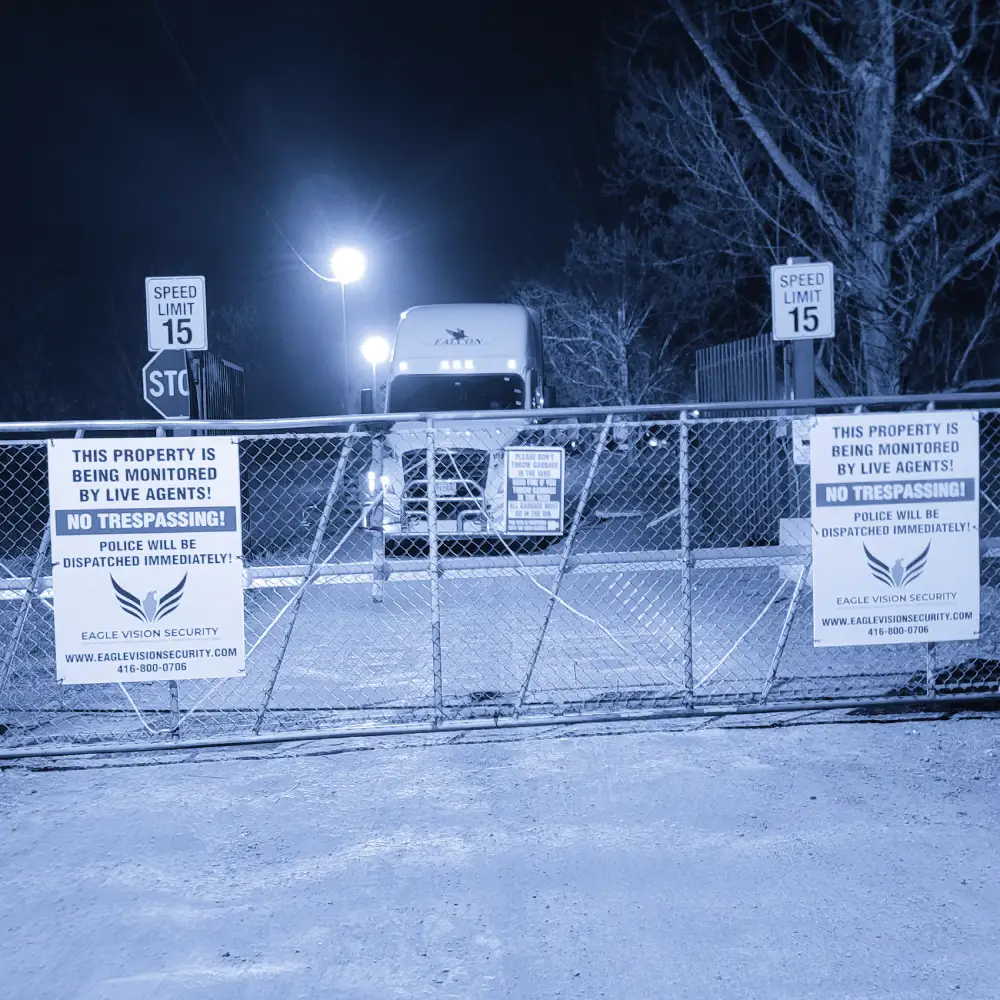
Construction sites are busy environments filled with valuable equipment, raw materials, and workers moving at a fast pace to complete projects on time. While progress is exciting, these sites are also vulnerable to theft, vandalism, accidents, and unauthorized entry. That is why construction site security has become a top priority for contractors, project managers, and investors. Proper safety and security measures not only protect valuable assets but also ensure the safety of workers and the smooth execution of the project.
In this article, we’ll explore why construction site security is important, the common risks involved, and effective strategies to secure a site.
Why Construction Site Security Matters
Construction projects often involve millions of dollars’ worth of equipment and materials. Heavy machinery like excavators, cranes, and bulldozers, along with raw materials such as steel, copper wiring, and cement, are prime targets for theft. Apart from financial losses, security breaches can also cause project delays, injuries, or even legal consequences.
Here are some key reasons why security is crucial:
- Asset Protection – Prevent theft and damage to machinery, vehicles, and building materials.
- Worker Safety – Reduce the chances of accidents by restricting unauthorized entry.
- Liability Reduction – Ensure safety compliance to avoid lawsuits or penalties.
- Project Continuity – Minimize delays caused by vandalism or stolen equipment.
- Reputation Management – A well-secured site reflects professionalism and responsibility.
Common Security Risks at Construction Sites
To understand how to secure a construction site, it’s important to know the risks involved:
- Theft of Equipment and Materials: Construction tools and raw materials, especially metals like copper, are often stolen and sold illegally.
- Vandalism: Trespassers may damage property, leading to costly repairs and delays.
- Unauthorized Access: Intruders can cause accidents or pose safety threats to workers.
- Workplace Conflicts: Without proper monitoring, disputes among workers can escalate.
- Safety Hazards: Poor lighting, unsecured scaffolding, or unmonitored entry points increase accident risks.
Effective Strategies for Construction Site Security
The good news is that modern security solutions and preventive measures can greatly reduce these risks. Below are the most effective strategies to protect a construction site:
1. Install Strong Fencing and Gates
A secure perimeter is the first line of defense. Solid fencing, barriers, and lockable gates help restrict entry and clearly define the site boundaries. Warning signs should also be placed around the site to discourage trespassing.
2. Use Security Guards
Trained security guards provide a human presence that technology alone cannot replace. They can monitor entry points, patrol the site, and respond to emergencies. Guards also serve as a deterrent to potential intruders.
3. Surveillance Cameras
CCTV cameras with night vision and motion detection should be placed at strategic points such as entrances, storage areas, and around heavy machinery. Remote monitoring allows project managers to keep an eye on the site 24/7.
4. Access Control Systems
Only authorized personnel should be allowed on-site. ID badges, biometric scanners, or keypad entry systems can help regulate who enters and exits the premises. Keeping an entry log ensures accountability.
5. Adequate Lighting
Dark areas attract intruders. Installing floodlights, especially near entrances, parking zones, and material storage areas, reduces the chance of unauthorized activity.
6. GPS Tracking for Equipment
Attaching GPS devices to expensive machinery ensures stolen equipment can be tracked and recovered quickly. This also helps in monitoring usage and preventing unauthorized operation.
7. Alarm Systems
Motion sensors and alarms provide immediate alerts in case of unauthorized entry. Modern systems can be connected to mobile devices for instant notifications.
8. Secure Material Storage
Valuable materials should be stored in lockable containers or warehouses on-site. Deliveries should be scheduled just in time to reduce the amount of exposed material.
9. Employee Awareness and Training
Workers should be educated about security policies and encouraged to report suspicious activity. A strong safety culture ensures everyone takes responsibility.
10. Regular Security Audits
Periodic inspections help identify weak points in the security setup. Updating protocols based on new risks ensures ongoing protection.
Benefits of Investing in Construction Site Security
While security measures may seem like an added expense, they bring significant long-term benefits:
- Cost Savings: Preventing theft and damage saves money on repairs and replacements.
- Project Efficiency: Work continues without delays caused by security issues.
- Worker Confidence: Employees feel safer, leading to higher morale and productivity.
- Insurance Advantages: Some insurance companies offer reduced premiums for well-secured sites.
- Peace of Mind: Contractors and investors can focus on progress without constant worry.
Future of Construction Site Security
Technology is transforming how construction sites are secured. Drones are increasingly being used for aerial surveillance, while AI-powered cameras can detect unusual activities in real time. Smart helmets with GPS trackers, mobile apps for monitoring, and cloud-based access logs are also becoming popular. The integration of these innovations ensures smarter, faster, and more efficient security.
Conclusion
Construction site security is not just about protecting physical assets—it’s about ensuring safety, preventing delays, and maintaining the reputation of the contractor or company. By investing in fencing, guards, cameras, lighting, and advanced technology, project managers can safeguard their sites effectively.
In today’s fast-paced construction industry, a secure site is the foundation of a successful project. Protecting workers, equipment, and materials allows projects to move forward smoothly and efficiently, saving both time and money.